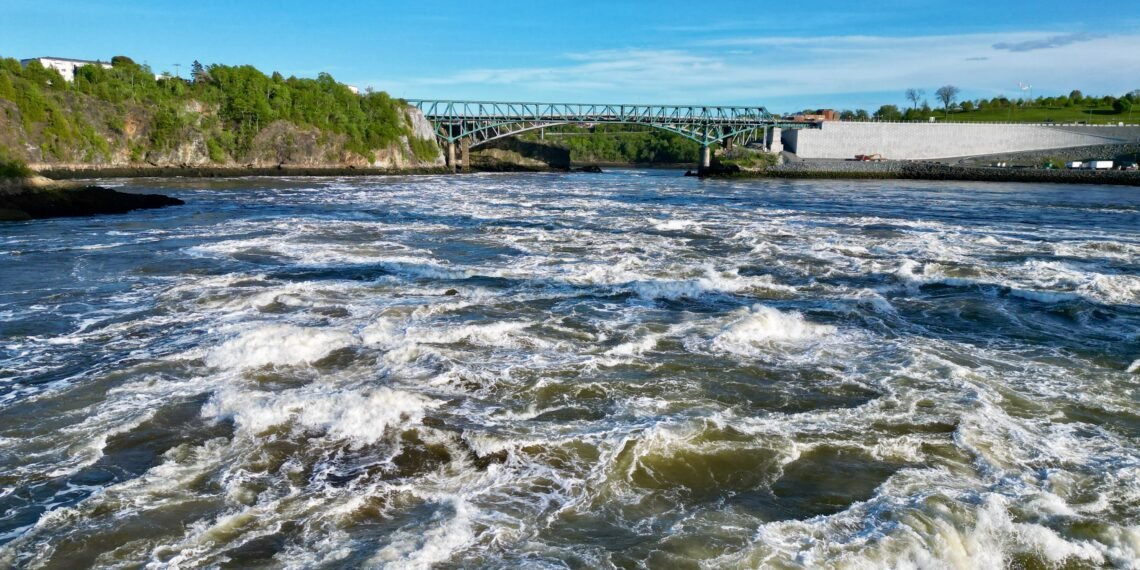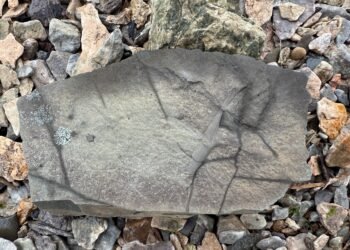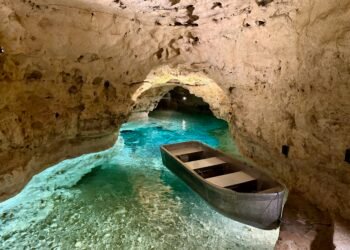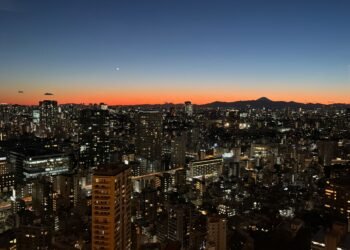The Reversing Falls in Saint John are a rare phenomenon where the Bay of Fundy’s tides overpower the river and reverse its flow twice a day. Only recently did I stop to truly experience this wild tidal spectacle – a mix of raw power, hidden beauty, and science unfolding in plain sight.
1 Rediscovering Saint John’s Reversing Falls
Growing up in New Brunswick, and even spending several years living in Saint John, I never gave much thought to the Reversing Falls. They were simply there – a furious, foaming stretch of water framed by the industrial silhouette of the Irving Paper plant. Despite their dramatic name and geological significance, they faded into the background of my everyday life.
But that changed one cool evening in May.
Staying downtown for a few days, I decided to finally make time to see the Reversing Falls properly. Rather than drive, I laced up my hiking shoes and set out on foot, weaving through Saint John’s historic streets. The city, with its brick facades and sea-salted air, revealed itself slowly. I passed the stately New Brunswick Museum, sadly closed for renovations, and wandered through neighbourhoods I’d never paused to explore.
If you’re planning your own visit, staying downtown makes it easy to explore the city on foot and reach the falls without a car. See the latest options for Saint John hotels.
With each step, the city felt less like a place I knew and more like a place waiting to be rediscovered.
2 Quick Facts About the Reversing Falls
- Location: Saint John, New Brunswick, Canada.
- Phenomenon: River reversal due to Bay of Fundy tides.
- Falls Height: Up to 2–4 metres (6–13 feet) change during peak tides.
- Falls Length: The rapids are about 200 metres (656 feet) in length.
- Best Time to Visit: Around low or high tide for peak effects. Check the official Government of Canada Reversing Falls tide schedule for Saint John Harbour.
- Best Viewing Locations: Fallsview Park (my personal favourite), Reversing Falls Bridge, Reversing Falls Lookout, Reversing Falls Observation Deck & Skywalk ($15 admission).
- Highlights: Whitewater rapids, tide reversal, abundant seabird activity.
- Accessibility: Free viewing areas at Fallsview Park, Skywalk Saint John, and bridges.
- Special Tip: Witness the “slack tide” – the calm before the tide reverses.
3 Reversing Falls Tide Schedule & Best Viewing Times
One of the first questions visitors ask is: “When is the best time to see the Reversing Falls?”. The phenomenon happens twice daily, as the Bay of Fundy tides clash with the Saint John River, creating everything from slack-water calm to raging rapids and whirlpools.
Exact tide times at the Reversing Falls vary each day with the lunar cycle and Fundy tide levels. For the most accurate schedule, check the official Government of Canada Reversing Falls tide schedule for Saint John Harbour. These listings help you plan around slack tide (when the river briefly calms) and the peak tidal reversals.
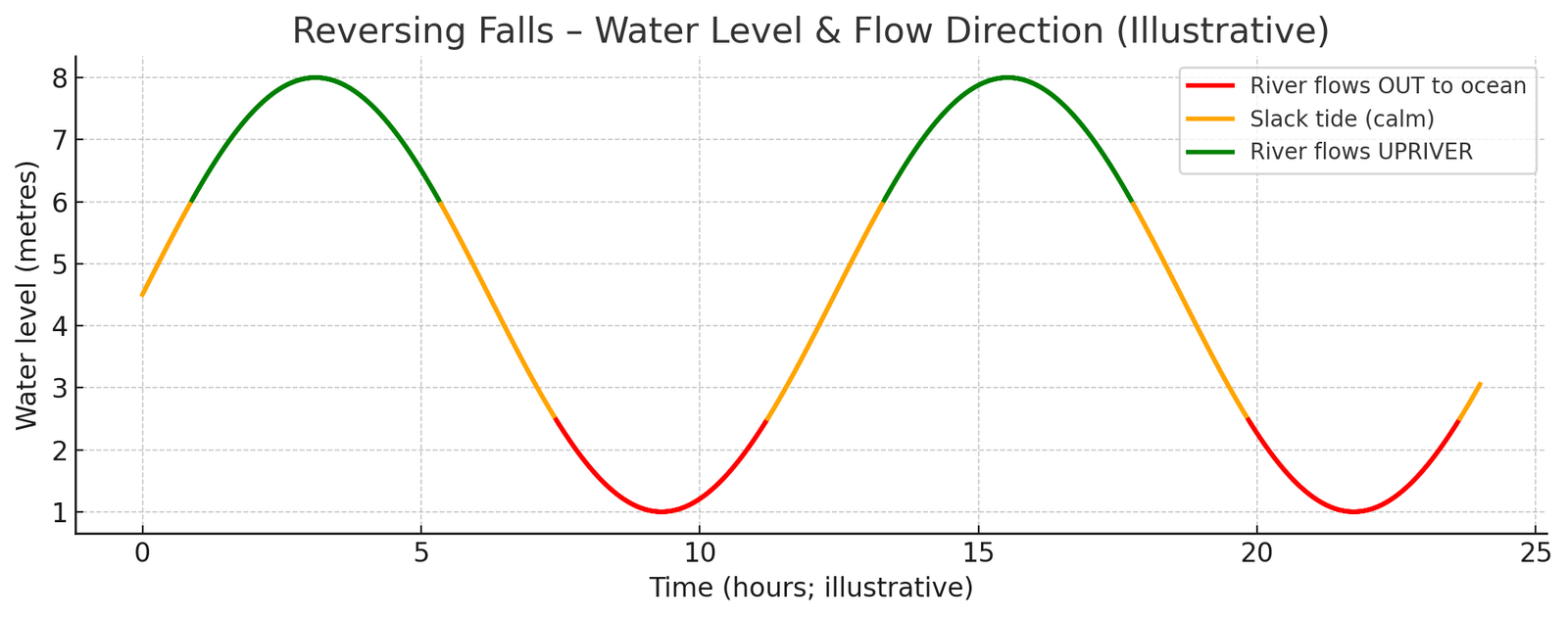
Tip: Arrive at least 30 minutes before slack tide to watch the full transformation – from river flow, to calm, to the dramatic reversal as the tides surge in. Weather, wind, and seasonal tide heights can all affect the show.
4 You Might Also Like:
- Hopewell Rocks Tides & Geology: Science of the Ocean Floor – Discover how Fundy’s tides sculpt towering sea stacks and explore the geology revealed on the ocean floor at low tide.
- The Fundy Trail: Where Time, Tides and Tectonics Collide – Journey along cliffs, beaches, and waterfalls where millions of years of tectonic forces and the world’s highest tides have shaped New Brunswick’s rugged Fundy coast.
- Why the Bay of Fundy Tides Are the World’s Highest – Learn the science behind the Bay of Fundy’s record-breaking tides and why they rise higher here than anywhere else on Earth.
5 Where to Watch the Reversing Falls
For a wider perspective, head to the Reversing Falls Bridge or Fallsview Park (my personal favourite), where you can see the river valley, the bridges, and the pulp mill backdrop in one sweeping view. Best of all, you can watch this incredible natural event for free from these spots.
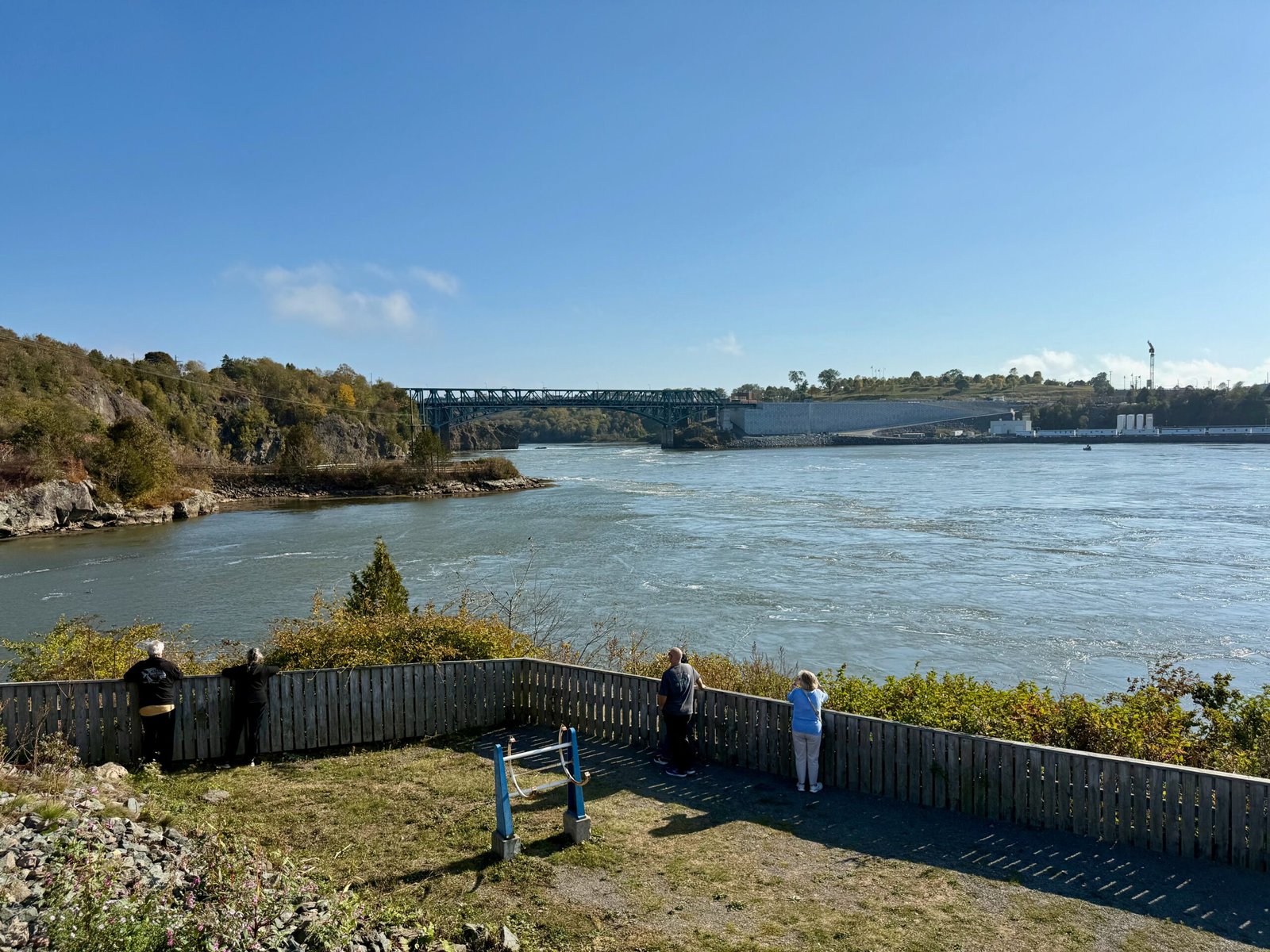
One of the other top places to see the Reversing Falls in Saint John is from the Reversing Falls Observation Deck & Skywalk and the Reversing Falls Lookout. This viewing platform juts out over the cliffs, giving you a dramatic perspective of the river as it changes direction, churns into rapids, or settles into slack tide calm. Viewing the Reversing Falls from the Observation Deck & Skywalk costs around CAD $15 per person (or about $30 for two), depending on the season. Interpretive signs explain the science and history, adding context to the tidal spectacle.
If you prefer an adventure on the water, jet boat tours take you right into the rapids themselves – a heart-pounding way to experience the tides up close.
6 A First Look at Nature’s Power
When I arrived at Fallsview Park in the early evening, the scene before me stopped me in my tracks.
The tide was low, and the Saint John River, free of the ocean’s intrusion, poured seaward in a thunderous display of raw energy. Rapids boiled and roared over jagged rocks, flinging mist into the air. Seabirds – thousands of them, wheeled and shrieked above the froth, diving with acrobatic precision to snatch fish from the churning waters.

I sat on a rocky ledge, the roar of water in my ears, and watched the spectacle unfold. It wasn’t just a river it was a living, breathing entity.

Suddenly inspired, I unpacked my DJI drone and sent it soaring low over the rapids. Watching the live footage was like peering into another world: waves leapt skyward, seabirds darted past in flashes of feathers, and the drone skimmed close enough to feel the chaos without touching it. Goosebumps rose on my arms.
For the first time in my life, the Reversing Falls were more than background noise. They were alive.
7 Witnessing the Great Tide Reversal
The magic, however, was just beginning.
Lingering on the rocky shore, I waited as the Earth’s greatest tidal system began to flex its muscles. Slowly, almost imperceptibly, the river’s forward momentum faded. The thunderous roar softened into a rumbling whisper. The Saint John River paused, as if catching its breath.
For a few haunting minutes, the river stood still – neither flowing to the sea nor yet retreating inland. The birds seemed to notice too, their frenzied dives giving way to lazy circles over the water.
Then, with the inevitability of the moon itself, the ocean surged.
A subtle ripple gave way to a relentless push. The water turned, flowing upstream, as the Bay of Fundy’s monstrous tide overwhelmed the river. Rapids reformed in reverse, seawater battling freshwater for dominance.
To witness this moment – a river reversing before my eyes, was deeply humbling. It felt like glimpsing a secret rhythm of the planet, hidden in plain sight.
As dusk settled over Saint John, I finally turned back toward the city, carrying with me a profound new reverence for the unseen forces that shape our world.
8 The Science Behind the Reversing Falls
At first glance, the Reversing Falls might seem like an ordinary set of powerful rapids. But they are, in fact, a masterpiece of geological and tidal interplay.
How the Gorge Was Formed
The Saint John River, stretching 673 km from northern New Brunswick, meets the Bay of Fundy through a narrow gorge carved over eons into ancient Precambrian rock. This opening was later deepened and sculpted by powerful glacial movements during the last Ice Age, about 10,000 years ago, leaving behind the dramatic passage we see today.
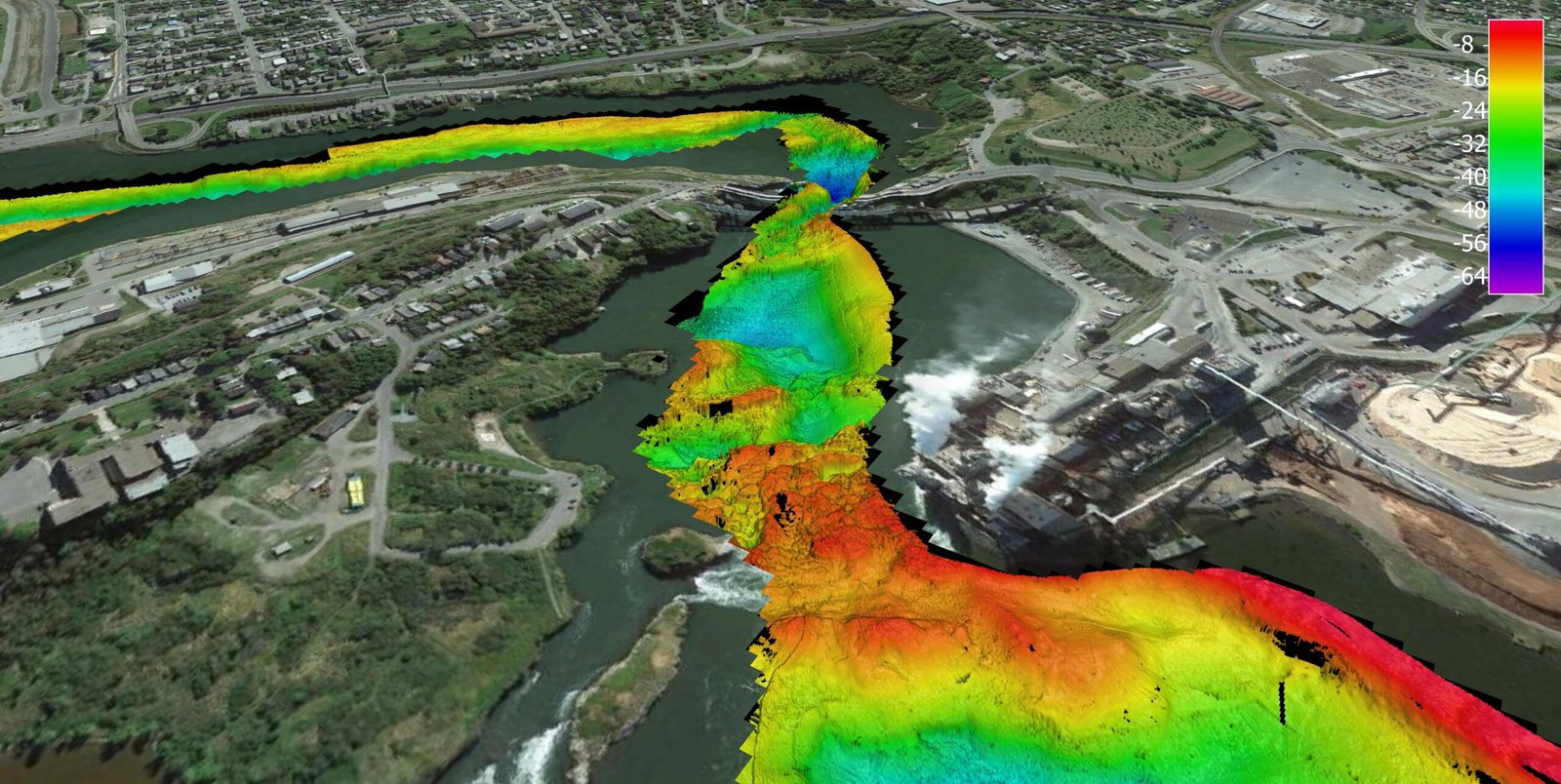
This extraordinary geologic history is one reason the Reversing Falls is included in the Stonehammer UNESCO Global Geopark – the first of its kind in North America. The park encompasses over a billion years of Earth history in and around Saint John, and the falls stand out as a dramatic example of how tectonics, glaciers, and tides have shaped the landscape over deep time.
The Hidden Depths and Tide Reversal
When the tide is low, the river flows normally out to sea. But as the Bay of Fundy’s tide – the highest in the world, surges inland, it becomes a rising wall of water.
At peak flood, the ocean pushes back against the river’s flow, forcing it upstream. This creates the phenomenon known as the “reversal,” where the river literally changes direction. At the turning point, called “slack tide,” the river and ocean are in a delicate standoff, and the waters lie eerily still.
This battle happens not once, but twice every day.
Complicating things further, the riverbed’s jagged rock formations cause intense turbulence during the reversal, making the whitewater rapids even more dramatic. Add to this the migration of anadromous fish like shad and gaspereau, and the falls become a magnet for wildlife, and for curious science travelers.
The Bay of Fundy’s astonishing tidal forces don’t just shape the Reversing Falls. They also create other remarkable phenomena across the region, such as the daily tidal wave of the Moncton Tidal Bore, the Hopewell Rocks and the swirling Old Sow Whirlpool in Passamaquoddy Bay. Together, these natural wonders showcase the immense power and influence of the world’s highest tides.
9 The Long History of the Reversing Falls
Long before Saint John grew into Canada’s first incorporated city, the Reversing Falls were a vital and sacred place.
The Indigenous Wolastoqiyik (Maliseet) people, whose name for the river – Wolastoq, means “beautiful river,” have lived along its banks for thousands of years. They witnessed and revered the river’s dramatic tidal surges long before European settlers arrived. The falls were considered a place of power, a meeting of forces, and part of the living landscape.
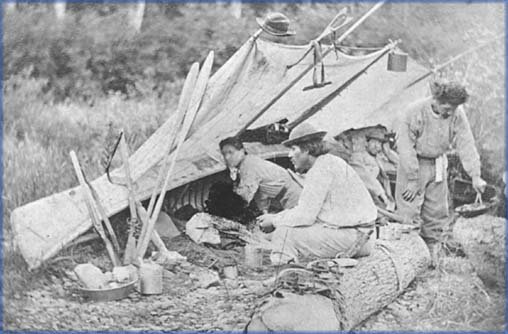
When French explorer Samuel de Champlain visited the Bay of Fundy in the early 1600s, he recorded the astonishing tides but likely never ventured up the Saint John River far enough to see the reversal firsthand. Later, in 1785, Saint John was officially founded by Loyalists fleeing the American Revolution, and the river became a key transportation and trade artery.
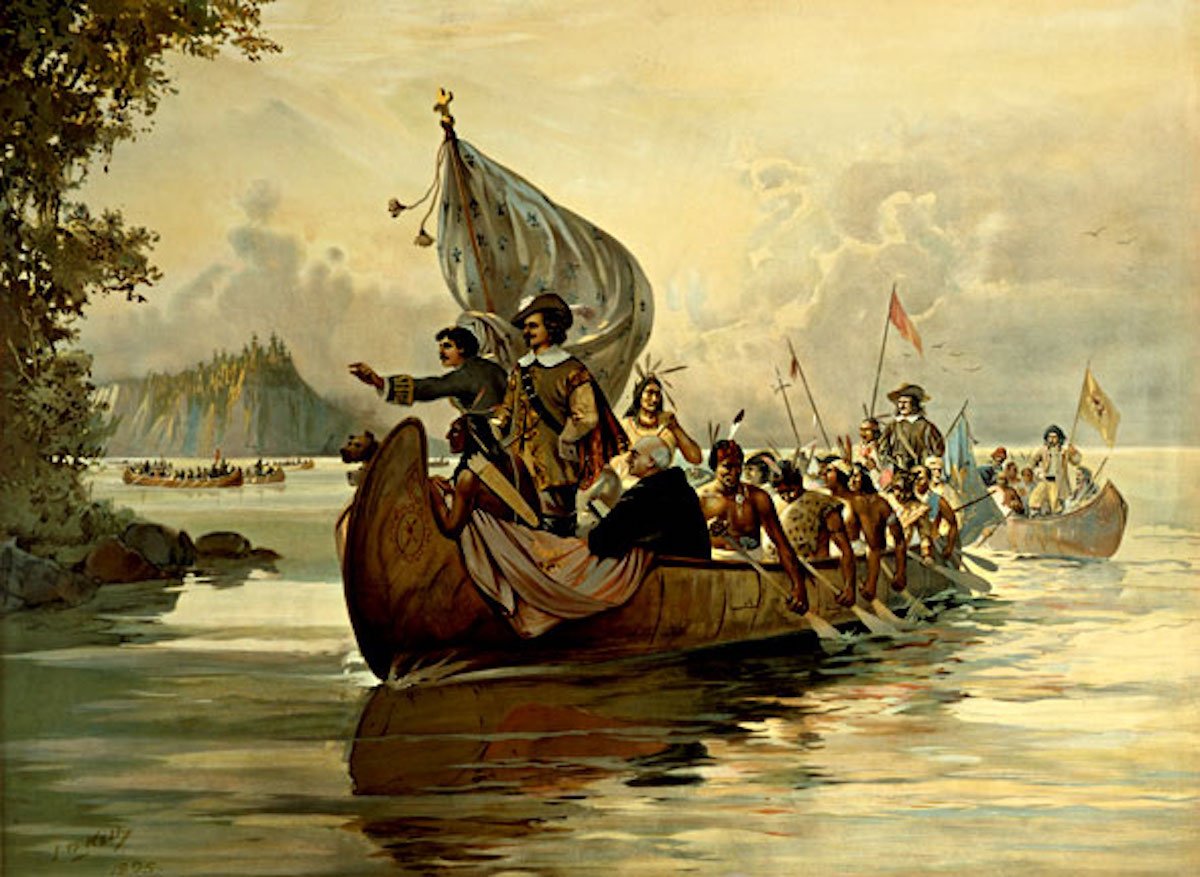
Throughout the 19th and 20th centuries, the Reversing Falls became not just a natural wonder, but an industrial workhorse. Sawmills, shipbuilding yards, and eventually pulp and paper mills lined the waterfront, taking advantage of the river’s energy and access to the Atlantic.
Today, even with the backdrop of industry, the raw drama of the falls endures. Generations have stood where I stood – on rocky shores or iron bridges, watching the eternal struggle between river and sea, a story older than any city.
10 The Living Energy of the Reversing Falls
Beyond its swirling waters and shifting tides, the Reversing Falls are alive with a thriving ecosystem, shaped by the constant tug-of-war between river and sea.
Each spring, the Saint John River becomes a crucial corridor for migratory fish, including gaspereau (alewives), shad, and striped bass. Drawn inland to spawn in freshwater after living most of their lives in the ocean, these fish must navigate the turbulent rapids of the Reversing Falls — a brutal gauntlet that tests their strength and timing.
Where there are fish, of course, there are birds.
When I visited, the scene was electric: hundreds, if not thousands, of seabirds filled the air above the falls. Cormorants plunged headfirst into the foam, disappearing and resurfacing with flashes of silver in their beaks. Gulls hovered and cried above the chaos, while ducks bobbed and dived along the riverbanks. It was a frenzied feeding ground, a wildlife spectacle hidden within the industrial edges of Saint John.
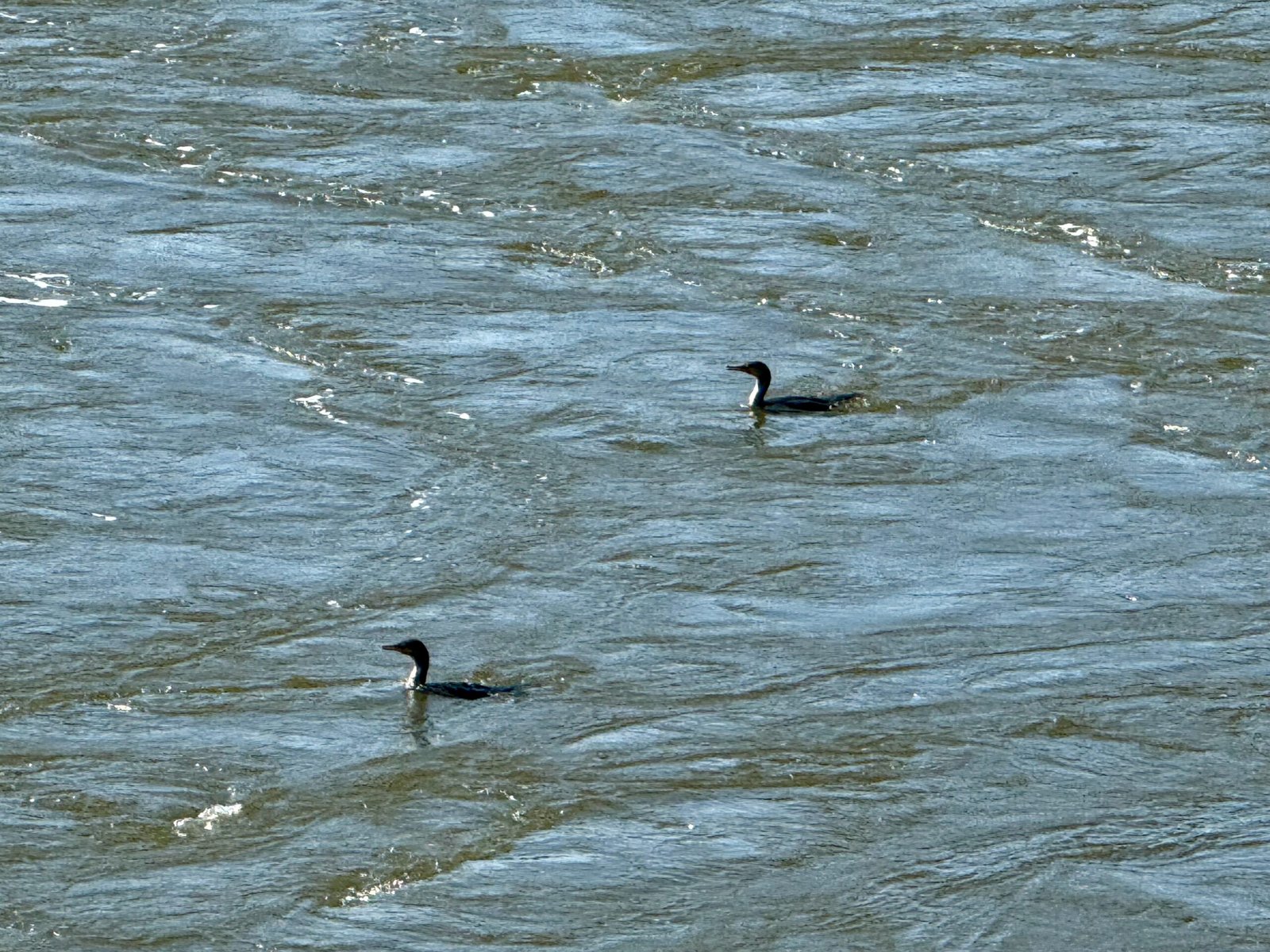
Even seals are known to appear during peak fish migrations, riding the tidal surges with effortless grace as they hunt in the shifting waters.
The meeting of salt and freshwater here also supports a rich variety of plankton and small invertebrates, forming the foundation of a remarkably productive food web – all sustained by the relentless pulse of the tides.
In every way, the Reversing Falls are more than a spectacle of water and rock. They are a living, breathing engine of life.
11 Practical Travel Tips for Viewing the Reversing Falls
Here are some practical tips I picked up during my visit to the Reversing Falls to help you make the most of your experience, from timing your arrival with the tides to finding the best viewpoints along the river.
- Check the Tide Charts: Timing your visit is crucial. Plan to arrive about an hour before low or high tide for maximum drama. Refer to the official Government of Canada tide charts for the Reversing Falls for Saint John Harbour for the latest times and height.
- Top Viewing Points: Fallsview Park and the Reversing Falls Bridge offers great free views. The Skywalk Saint John provides a thrilling glass-bottom experience right over the rapids.
- Getting There: From downtown, it’s about a 30-40 minute scenic walk or a quick cab ride.
- Dress for the Elements: Even in summer, the area can be breezy and damp. Layer up and bring a waterproof jacket.
- Stay Safe: The rocks around the falls are dangerously slippery. Stay within designated viewing areas.
- Photography Tip: Visit during golden hour (just after sunrise or before sunset) for breathtaking lighting. Bring a drone for spectacular aerial shots, but be mindful of local regulations.
12 Pro Tips for the Science Traveler
If you’re keen to dive into the science behind tidal reversals and get even more out of your experience at the Reversing Falls, these expert tips will enrich your visit.
- Understand the Tidal Cycle: The tide cycle is roughly 12.5 hours. Seeing both an outflow and a reversal in one day deepens the experience.
- Birdwatcher’s Paradise: Bring binoculars – seabirds flock here in staggering numbers, and seals sometimes pop up too.
- Study the Rock: Look closely at the exposed rocks near the falls. They tell a story of ancient continental collisions that formed much of eastern North America.
- Expand Your Exploration: Saint John is part of the Stonehammer UNESCO Global Geopark — the first geopark in North America. Fossil hunting and geological tours abound in the region.
- Patience Pays Off: The subtle shift of the tides is slow and powerful. Allow yourself time to sit, watch, and feel it happen.
13 FAQs About the Reversing Falls
Where are the Reversing Falls located?
The Reversing Falls rapids are on the Saint John River in Saint John, New Brunswick, Canada, where the river meets the Bay of Fundy through a narrow rocky gorge.
When is the best time to view the Reversing Falls?
For the most dramatic whitewater, visit about an hour before low tide or high tide, when the water is flowing fastest either seaward or upriver. For the still-water moment, aim for slack tide, roughly midway between low and high tide. Always check the official Government of Canada Reversing Falls tide schedule for Saint John Harbour for up-to-date times and water heights.
Where is the best place to see the Reversing Falls rapids?
Many locals recommend Fallsview Park for its wide, free viewpoint of the gorge and rapids.
For a dramatic over-the-water experience, you can also visit the Reversing Falls Observation Deck & Skywalk (paid entry).
How big are the Reversing Falls rapids?
Rather than a single waterfall, the Reversing Falls is a series of ledges and rapids. The gorge is about 200 m long, with underwater ledges around 11 m deep and plunge pools reaching ≈ 60 m (200 ft). The visible surface “drop” in the rapids is usually 2–4 m (6–13 ft) depending on the tide.
What causes the river to reverse?
The Bay of Fundy’s record-setting tides, rising up to ~8 m at Saint John, push ocean water inland with such force that they overpower the Saint John River’s natural outflow, driving it upstream at high tide.
What is slack tide at the Reversing Falls?
Slack tide is the short window (~15–25 minutes) when the rising or falling tide equals the river’s outflow. The opposing forces balance out, and the water appears almost still before switching direction.
Can boats navigate the Reversing Falls?
Yes. Commercial vessels and pleasure craft typically transit at or near high-tide flood, when the current flows upriver and the rapids subside. During low tide, jet-boat tours take thrill-seekers through the churning whitewater below the bridge.
14 Rediscovering Wonder in the Familiar
Visiting the Reversing Falls reminded me that sometimes the greatest wonders are the ones we’ve passed by without seeing. Nature’s most powerful dramas often unfold quietly, waiting for someone curious enough to stop and watch.
In a city I thought I knew, standing at the edge of a river battling the sea, I found new wonder, new respect, and a connection to the raw forces that shape not just landscapes – but life itself.
I’ll never cross those bridges the same way again.
Some links in this story are affiliate links. If you choose to buy through them, Curious Don may earn a small commission – at no extra cost to you. It helps support more science travel stories like this.

